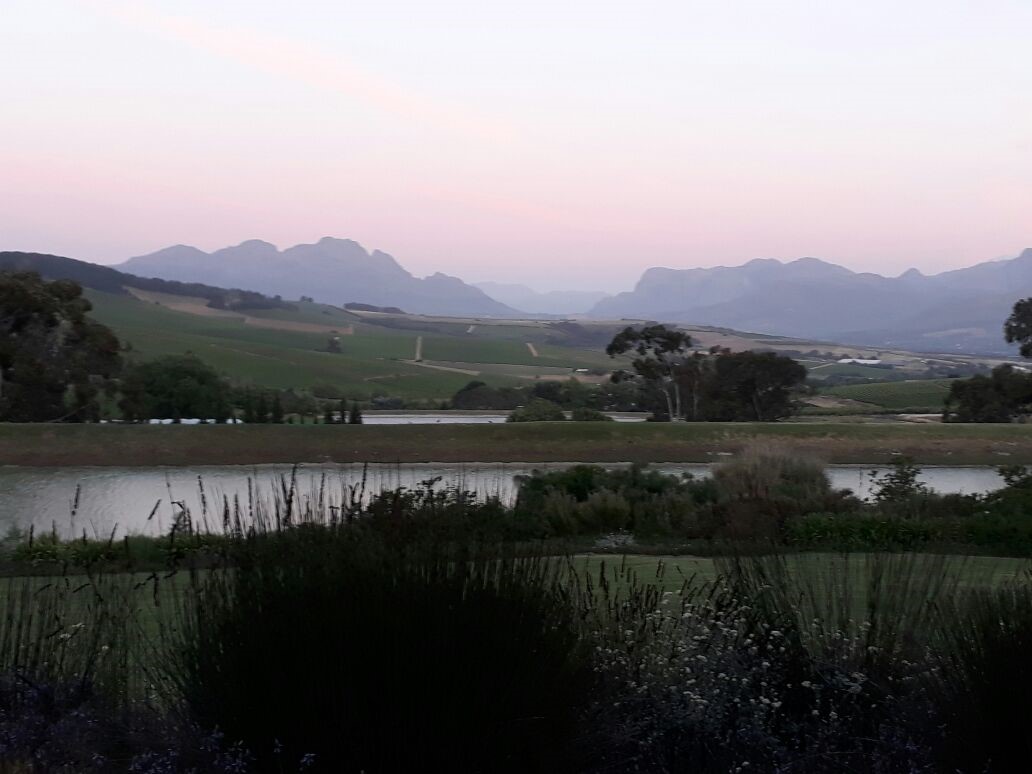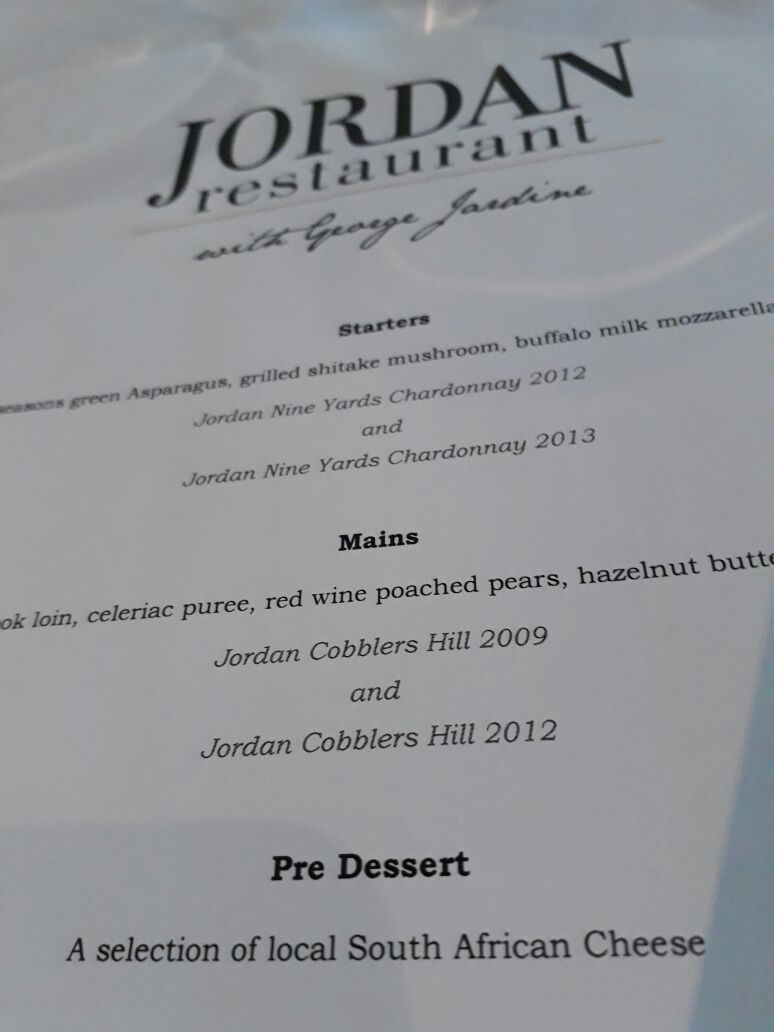
In praise of longevity
“Nobody ever improved or upped their game because of kind words or praise.”
Neville Dorrington of Rijk’s Private Cellar is prone to telling it like it is. He’s a no bullshit kinda guy. And he’s right. Criticism might sting initially but it’s how you process the criticism that either makes or breaks reputations.
When South Africa was roundly beaten by Australia in the infamous 1995 SAA Test match, Andre van Rensburg’s salient advice was that if you can’t take criticism, “go and plant vegetables”. (Which, of course, saw him vilified by patriotic locals...)
Much the same can be said of Pinotage as a category which came in for a lot of stick in the past decade but credit must be given to the Pinotage Association and all its members who rose to the challenge, put up their dukes and adopted a “We’ll show you!” attitude.
Dorrington had lined up the Absa Top 10 and Standard Bank Chenin Blanc Top 10 winners as a benchmarking exercise for the Rijk’s team. “We want to see what makes these wines winners – and how our wines compare,” cellarmaster Pierre Wahl said.
Overall impressions of the Chenin category included that freshness, vivacity and fruit are still the most sought after characteristics. The days of barrel fermentation and heavy oaking are in the past and the best examples showed deft harmony of wood and fruit.

With Pinotage the stylistics were more pronounced. The inherent ripe berry succulence and fruitiness of the grape is celebrated but producers have walked a fine line in preventing it from straying into overripe territory. Oaking is similarly judicious with one or two of the Top 10 showing gentle hints of the mocha/coffee character so beloved of the new Pinotage fans.
So how does Rijk’s compare? The Tulbagh producer’s Chenin Blanc and Pinotage show a confident assurance across the range. Their entry-level Touch of Oak wines do what it says on the label, show just a hint of oak used to temper the vivacity of the fruit which is always from young, trellised vines, and kept at around 30% – none of it new. The Private Cellar range has 40% new wood and malolactic fermentation is eschewed in order to preserve acidity and fruit vibrance on the Chenin. And the Reserve gets 60% new wood and is a barrel selection.
Both this tasting, and two others attended a week earlier – a celebration of Jordan’s 25th anniversary and the annual Thelema ‘Boland braai’– were illustrative. These producers showed a calm confidence in their abilities and in the quality of their wines across the range. They have all held their course and never deviated from making the best wines they can from their respective patches of dirt.

Eash of Jordan’s wines tell a story – from the multi-award-winning 9 Yards Chardonnay ()most recently top laureate at the International Wine & Spirits Competition), to Black Magic Merlot and Inspector Peringuey Chenin Blanc. In this era of specialisation and narrow focus, of range rationalisation, it was remarkable to see the breadth and overall quality of all the wines.
Likewise, the Thelema tasting. 20 years ago Thelema Sauvignon Blanc was “the” wine in South Africa. It used to sell out in two to three weeks and there was a shark-like feeding frenzy on release! Their wines – from Rabelais, to Merlot Reserve, Sutherland Riesling and Grenache Rosé – are just so dependable and drinkable. There’s a lot to be said for remaining true to terroir and not chasing rainbows.
South Africa has a host of exciting funky producers doing thrilling, edgy things and gaining column inches for the country and its vinous potential, but they are treading a path laid by the Jordan’s, Thelema’s and Rijk’s decades ago. They have weathered their share of criticism over the years and they’re still standing, solid reputations intact. And still making great wines in challenging times.
-Fiona McDonald
